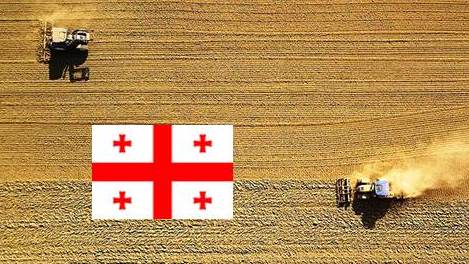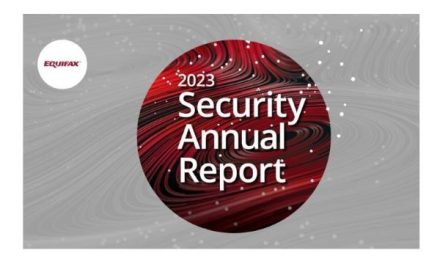Availability of alternative data lays the ground for financial inclusion in Georgia
When you walk down lively Tbilisi downtown all your senses are filled with a mixture of western and eastern cultures. Small traders together with farmers, shop owners and craftsmen are the hallmark of Georgia and they are a vital part of country’s economy.
 Ironically, most of them do not have access to affordable finance, which is needed to expand their business and support current needs. They must rely heavily on internal funds and retained earnings, which limits their options. This problem stands out sharply in agricultural sector. Agriculture has been a traditional sector for Georgia over the years. It accounts for a good share of country’s output — 9.2% of 2014 GDP — and it contributes to roughly 50% of the total employment. Small family farms produce grapes, milk, nuts and many other products that are either sold directly to the consumer or as an input to large value-added producers. Most of the farmers live in villages of less than 100 households, insular communities where everyone knows everyone, including one’s daily habits and financial position. For an outsider, this information is not available at ease.
Ironically, most of them do not have access to affordable finance, which is needed to expand their business and support current needs. They must rely heavily on internal funds and retained earnings, which limits their options. This problem stands out sharply in agricultural sector. Agriculture has been a traditional sector for Georgia over the years. It accounts for a good share of country’s output — 9.2% of 2014 GDP — and it contributes to roughly 50% of the total employment. Small family farms produce grapes, milk, nuts and many other products that are either sold directly to the consumer or as an input to large value-added producers. Most of the farmers live in villages of less than 100 households, insular communities where everyone knows everyone, including one’s daily habits and financial position. For an outsider, this information is not available at ease.
The above is one of the major reasons why banks have historically refused to provide loans to farmers, favoring instead urban professionals who could prove their income. The financial disparity was happening, notwithstanding that the country has one of the best operating credit bureaus among all post-soviet countries that distributes full information about borrowers, including on-time repayment patterns and outstanding loan amounts.
Good news is that besides of 17 — 19 well-established traditional banks, the country provided ground for 72 (as of 2016) microfinance institutions commanding 5% of total loan market. While most of them are small and down-to-earth, a few were ambitious enough to expand their business all over the country and even to apply (and get) for banking license. Their leaders are willing to go one step beyond conventional approaches even if it implies accepting higher risk. The best is relying strongly on automation and powerful data analytics.
The challenge they face is how to make credit decisions on customers who lack traditional credit bureau file and have unstable income that can vary a lot across months. The key to this challenge lies in alternative data and its implication in credit assessment. For example, in one of the local projects, Creditinfo investigated connection between agricultural data and payment behavior of a farm’s owner. They reviewed different aspects of farmer’s business: his balance sheet, income & expenses, type and quantity of products produced. Even subtle things mattered — e.g. whether a farmer was focusing on one product or spreading his effort across several crops. The final scoring model combined application data (e.g. age, gender) with non-traditional agricultural data. Previous credit history was accounted for whenever it was available. The model worked efficiently both on thin-file (no previous credit file) and thick-file population, opening door for sustainable growth of business.
This case provides an important lesson on how non-traditional data can be used for decisioning. Modern research goes further by trying to factor geo-position of the farm, its proximity to certain facilities (e.g. schools) and even suitability of regional whether conditions to production of certain products. It might look like a far cry as the major challenge is to establish robust data collection process, but technology has been improving so fast over the last decade that data driven future might be closer than we think. Firms that are already taking steps in that directions will soon find themselves far ahead of competition.
Written by Maxim Fetisov, Global Consultant at Creditinfo Group


























